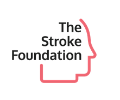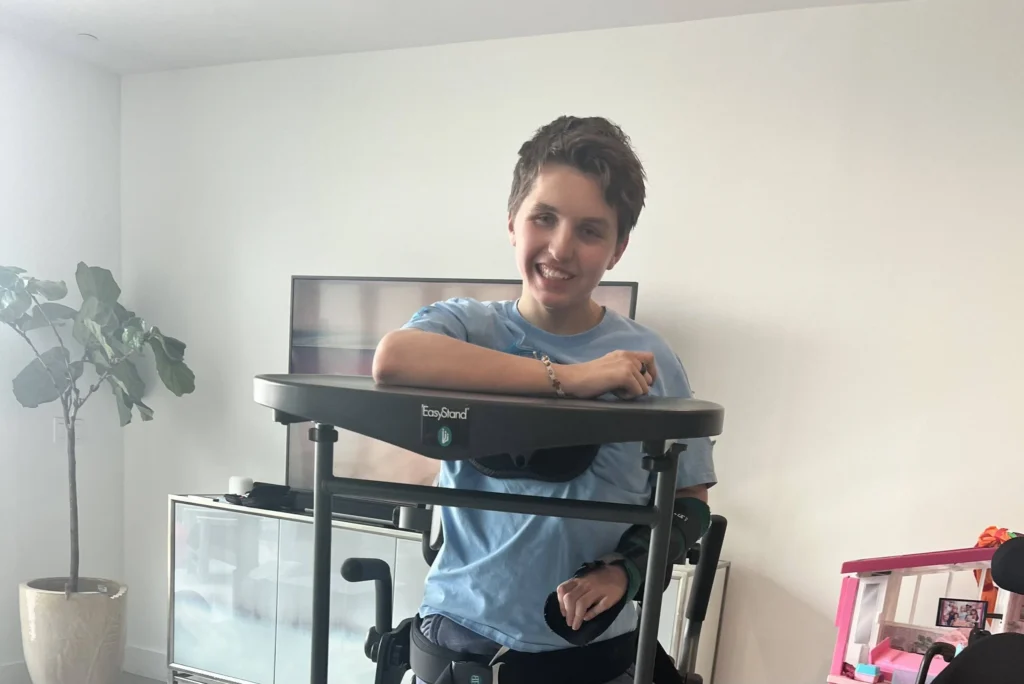Reintegrating into the workforce after experiencing a stroke can be a challenging but rewarding journey. Returning to work can restore a sense of normalcy, purpose, and financial independence. However, it requires careful planning, support, and adjustments. This guide provides essential information for stroke survivors and their caregivers on how to navigate this transition, including tips on returning to work, job modifications, and vocational rehabilitation.
Understanding the Challenges
A stroke can result in various physical, cognitive, and emotional changes that may impact your ability to work. Some common challenges include:
- Physical limitations: Weakness, fatigue, or difficulty with coordination and mobility.
- Cognitive impairments: Issues with memory, attention, problem-solving, and processing speed.
- Emotional changes: Anxiety, depression, or changes in mood and behavior.
Recognizing these challenges is the first step in creating a successful plan for returning to work.
Returning to Work: A Step-by-Step Approach
- Consult Your Healthcare Team:
- Before making any decisions, consult with your healthcare providers, including your doctor, occupational therapist, and physical therapist. They can assess your readiness to return to work and suggest appropriate timelines and strategies.
- Communicate with Your Employer:
- Open communication with your employer is crucial. Discuss your condition, limitations, and the need for any accommodations. Many employers are willing to support their employees’ return to work with appropriate modifications.
- Start Gradually:
- Consider a phased return to work, starting with part-time hours or lighter duties. Gradually increase your workload as you build stamina and confidence.
- Seek Support:
- Engage with support groups or networks for stroke survivors. Sharing experiences and advice with others who have faced similar challenges can provide valuable insights and encouragement.
Job Modifications: Creating an Accommodating Work Environment
Making modifications to your job or work environment can significantly improve your ability to perform your duties effectively. Here are some suggestions:
- Flexible Work Hours:
- Adjust your working hours to match your energy levels. This might include starting later, taking more frequent breaks, or working from home.
- Assistive Technology:
- Utilize assistive devices or software to aid with physical or cognitive challenges. This could include speech-to-text programs, screen readers, or ergonomic office equipment.
- Physical Workspace Adjustments:
- Modify your workspace to accommodate any physical limitations. This might involve changing the layout, using adaptive equipment, or ensuring easy access to necessary resources.
- Task Modification:
- Break down tasks into smaller, more manageable steps. Prioritize tasks and focus on those that align with your strengths.
Vocational Rehabilitation: Professional Support for Reentry
Vocational rehabilitation services offer professional assistance to help stroke survivors return to work. These services can include:
- Assessment and Planning:
- Vocational rehabilitation specialists can assess your skills, interests, and limitations to create a personalized return-to-work plan.
- Skill Training and Development:
- Participate in training programs to update or develop new skills that align with current job market demands.
- Job Placement Assistance:
- Receive support in finding suitable job opportunities that match your capabilities and interests. This can include resume writing, interview preparation, and job search strategies.
- On-the-Job Support:
- Get assistance in the workplace to ensure successful integration and sustained employment. This might include job coaching, mentoring, or ongoing adjustments to accommodations.
Tips for Caregivers
Caregivers play a crucial role in supporting stroke survivors’ return to work. Here are some tips for caregivers:
- Encourage Open Communication:
- Foster open and honest communication about the survivor’s feelings, progress, and concerns regarding returning to work.
- Provide Practical Support:
- Assist with transportation, organizing medical appointments, or helping with daily tasks to reduce the survivor’s stress and fatigue.
- Promote Independence:
- Encourage the survivor to take on responsibilities and make decisions about their return to work, fostering a sense of control and confidence.
- Seek External Help:
- Don’t hesitate to seek professional advice and support from healthcare providers, vocational rehabilitation specialists, or stroke support organizations.
Returning to work after a stroke is a significant milestone that requires careful planning, support, and adaptability. By understanding the challenges, making necessary job modifications, and utilizing vocational rehabilitation services, stroke survivors can successfully reintegrate into the workforce. Caregivers, by providing emotional and practical support, play a vital role in this journey. Remember, each step forward, no matter how small, is a victory worth celebrating.





